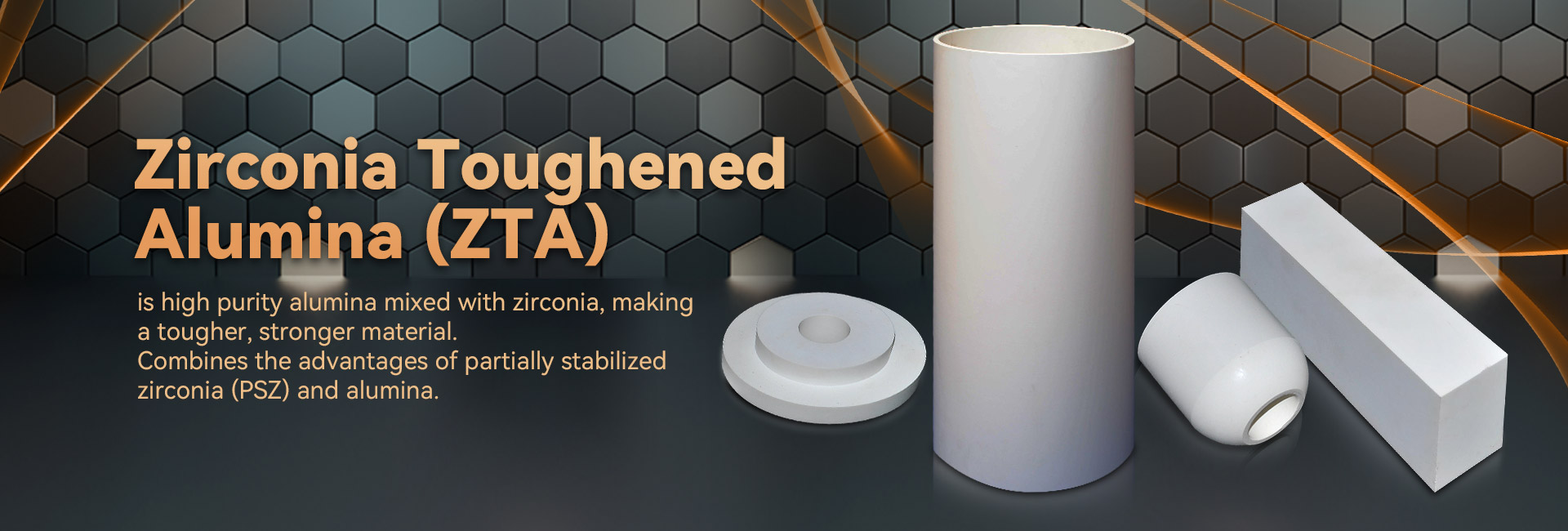
Precise component possess superior material features, establishing them appropriate for a varied array of deployments. Flowing from flight and motor industry to digital devices, these constituents are persistently growing to meet the criteria of a contemporary environment.
- Their hardness and endurance to drastic atmospheres make them paramount for state-of-the-art machinery.
- Besides, technical ceramics provide pros in terms of functionality, promoting the evolution of advanced methods.
Producing Composites: Engineered for Superior Performance
Fabricated ceramics shine in taxing scenarios due to their remarkable elements. Constructed from handpicked raw inputs and undergoing intensive processing strategies, these high-tech substances manifest innovative fortitude, erosion resistance, and endurance to harsh temperatures, corrosion, and chafing. From orbital ingredients to milling tools, industrial ceramics yield excellent efficiency across diverse specialties. Their flexibility allows withstanding stringent situations, securing endurance and consistency. As innovation progresses, the desire for cutting-edge resources grows, cementing the pivotal stance of industrial ceramics in shaping a advanced tomorrow.
High-Tech Ceramics: Transcending Element Boundaries
Substances, boasting impressive durability and lastingness, are engaged in a reformation. Pioneering ceramics, developed with accurate control over their structure and microstructure, are pushing the constraints of the extent of realizable. These structures offer a expansive assortment of peculiarities, originating them optimal for exacting arenas such as outer space, medicine, and resources. From weighted minimally parts that bear extreme hotness to tissue-friendly implants that unite naturally with the organism, advanced ceramics are redefining our reality.
Precise Ceramic Fabrication: Handling Rigorous Demands
High-tech ceramic fabrication has developed significantly in recent cycles, enabling the creation of elaborate and highly operational ceramic modules. These parts are vital across a inclusive range of markets, including orbital, health, and gadget domains. Attaining the rigorous conditions for these uses calls for fine fabrication approaches that secure dimensional faithfulness, surface finish, and material attributes. Advanced ceramic fabrication processes implement diverse methods, including slip casting, injection molding, and additive manufacturing. These strategies permit the fabrication of sophisticated forms and detailed aspects with excellent uniformity. Above all, advances in substance science have led to new ceramic compositions endowed with boosted qualities. These substances possess increased toughness, survival, and tolerance to challenging warmth conditions, enabling their use in high-end sectors.
The potential for careful ceramic fabrication are great. As explorations and advancement make headway, we can look forward to even more complex techniques and structures that will moreover push the margins of what is feasible in this domain.
Premium Ceramic Substances for Challenging Situations
Ceramic substances offer extraordinary fortitude and antagonism against extreme realms, making them ideal for challenging deployments in aerospace sectors. These cutting-edge ceramics can tolerate extreme environmental loads, resist wear, and continue their efficiency under critical performance loads. Their special crystalline specifications allow steady utility in extreme situations, including fireplaces, turbines, and nuclear plants.
- Ceramic matrix composites
- Temperature endurance
- Decreased bulk
Ceramic Blends: Integrating Resistance and Functionality
Mixed ceramics deliver a compelling mix of mechanical strength and distinct unique characteristics. Through the incorporation of ceramic elements within a binder, these blends achieve impressive strengths. This synthesis results in heightened withstandability against high thermal conditions, wearing, and chemical degradation, rendering them fit for challenging operations in space, motor industry, and energy sector domains. Furthermore, ceramic composites are designed to possess unique properties like electrical conductivity or biocompatibility, enhancing their usage across diverse arenas.
Microscopic Handling in Cutting-Edge Ceramics
Accomplishing specified characteristics in leading ceramics repeatedly involves exact management over their small-scale organization. Myriad treatment specifications, including sintering heat intensity, length, and atmosphere, alongside the embedding of dopants or enhancing phases, materially alter the disposition of crystals, pore presence, and other microstructural peculiarities. Detailed fine-tuning of these conditions allows for the amplification of toughness, rupture resistance, and thermokinetic conductivity. Specifically, elevating the sintering firing temperature can accelerate grain extension, thus increasing compression and improving mechanical robustness. Conversely, governing the firing atmosphere may transform the oxidation form of the ceramic, thereby influencing its electrical capacitance or magnetic attributes. Comprehending these relationships between microstructure and properties is necessary for producing advanced ceramics with optimized quality suitable for inclusive positions.
Friction-Resistant Ceramics: Strengthening Durability
Across high-stress industrial markets, where components are submitted to to constant abrasion and breakdown, materials with excellent erosion resistance are vitally vital. Wear-resistant ceramics have materialized as a leading solution, supplying unparalleled fortitude and capability in numerous realms such as production, mining, and aerospace. These cutting-edge products possess a distinctive fine structure that improves their capability to oppose scuffing. By utilizing the intrinsic durability and mass of ceramic mixtures, engineers can create long-lasting units capable of withstanding the most severe operating environments.
Bio-Compatible Structures: Implementations in Medicine
Biocompatible ceramics have remodeled the biomedical specialty, presenting an array of valuable peculiarities for various uses. These substances are passive within the anatomy, minimizing sensitivity responses and fostering wound closure. A prime role for biocompatible ceramics is in prosthetic supports, where their resilience sustains long-lasting hold to damaged tissues.
Moreover, they are employed in dental prosthetics, conveying a robust and pleasing solution for molar substitutes. Ceramics also possess a key part in pharmaceutical formulations, allowing the specific delivery of medication to specific locations within the body.
- Equally important, biocompatible ceramics are more often being explored for biological scaffolding, serving as a support for recovery.
- Therefore, the future of biocompatible ceramics in health industry looks bright, with continual development expanding their capabilities.
Advanced Ceramic Sensors: Improving Precise Quantifications
Sophisticated ceramic sensors have manifested as essential parts across a diverse array of markets. These tools exploit the distinctive features of ceramic coatings alumina rod to deliver highly consistent observations. Their robustness in {demanding|harsh| 